Tagged: breathing
Breathing Matters
In 2013 I first addressed how important breathing is to your fitness goals, with specific focus on breathing correctly when exercising. Lately with all the political unrest in our country, I feel everyone is holding their breath in general and that will only serve to increase our internal stress levels. So for that reason, I have updated an earlier post to remind us all to BREATHE!
Women in labor know full well the importance of breathing. Deliberate breath control is a natural tool (vs. medicinal) to managing pain. Those studying Martial Arts know it too, same for distance runners. Actors, singers, dancers must all incorporate breathing into their art. But the importance of breathing for successfully improving your fitness stamina and goals is often overlooked.

Let’s start with the clinical basics. When you breathe in, you deliver oxygen to your muscles; when you breathe out you remove carbon dioxide from your system. (Carbon dioxide is the waste gas that is produced when carbon is combined with oxygen as part of the body’s energy-making processes.)
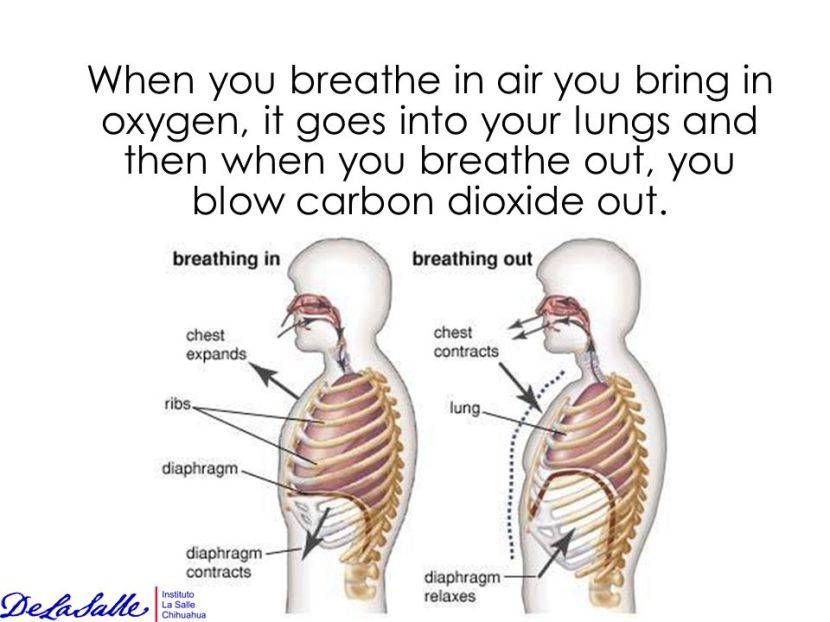
Most runners or cardio-enthusiasts understand the importance of proper breathing to achieve endurance for the length of their run/cardio. It’s kind of automatic. But proper breathing for those performing resistance training (weight lifting) does not happen automatically within the body, and many times the breath is even held during exercise.
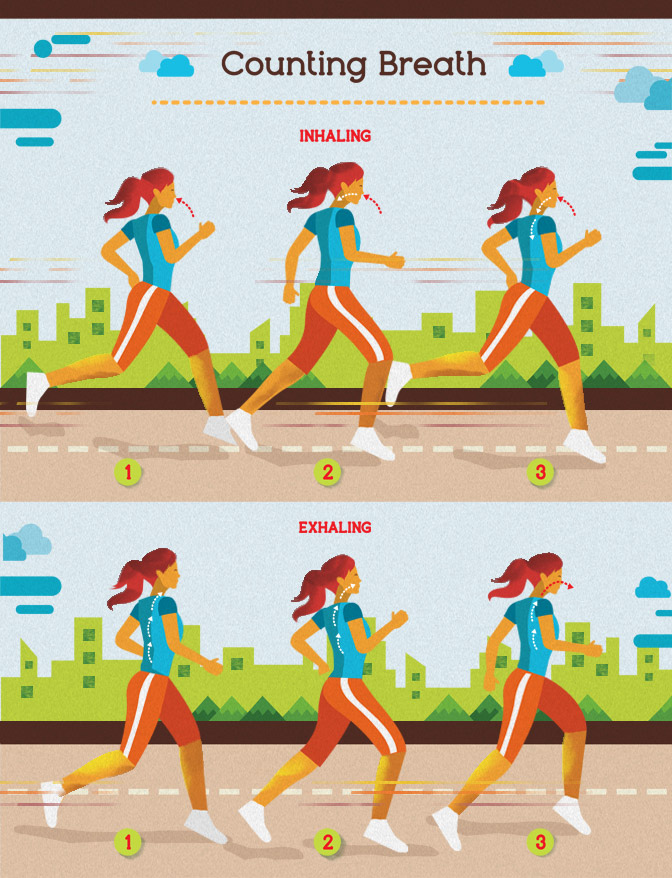
The fact is that successful resistance training must include the proper oxygen delivery and removal of carbon dioxide to the muscles. Not only is this crucial to allow energy to continue throughout your entire workout, but the specific focus of your breathing will allow you to lift more weight, more often, and therefore, burn more calories and exhaust the muscle. Exhausting the muscle is the first step to rebuilding it (through proper nutrition and rest), thereby creating more lean muscle tissue which eats fat.
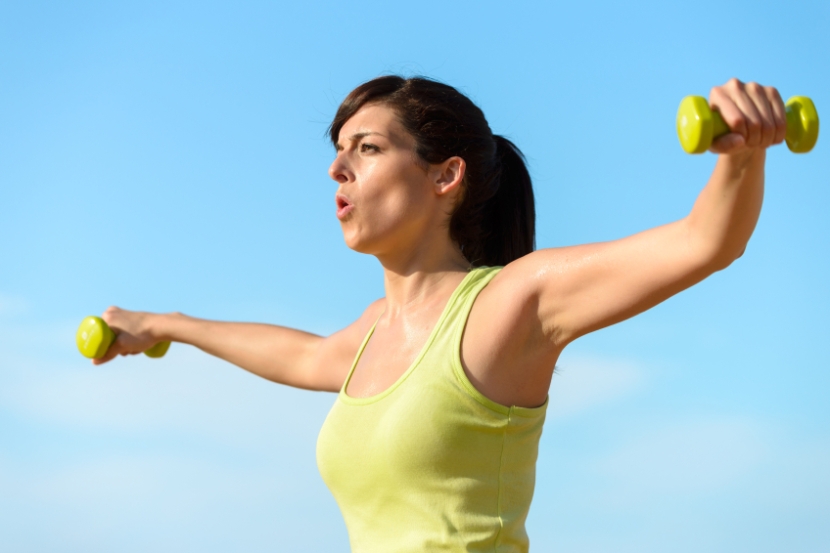
When you hold your breath you increase tension throughout your entire body. For proper muscle training, you need to isolate the tension to only the muscle(s) you are seeking to work. In other words, if your back and arms are tightened (tense) while performing a chest press, your chest is sharing the weight load and therefore not benefiting from the targeted exercise.

So here’s a quick guideline I instruct all my new clients to memorize: when lifting, pushing or pulling (the exertion) breathe OUT. So if you are performing a biceps curl, take a breath in before you start, then exhale on the exertion (the lifting of the weight) and breath IN again as you lower the weight to starting position. If you are performing a leg press, take a breath in before you start, then exhale on the exertion (the pushing of the weight) and breath IN again as you lower the weight to starting position.
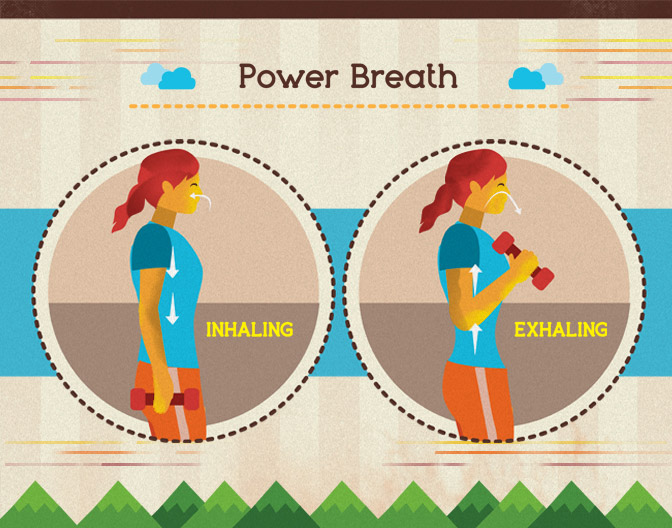
Another aspect of breathing I wish to address is for children. Between the higher demands on their brains in school, the jam-packed schedule of school, homework, sports, etc. that many kids experience, and any tensions at home or in the world at large — breathing is key to keeping their volatile emotions stable. Spend some time with your children each day teaching/reminding them to breathe slowly and to consciously relax any tension in their bodies. (This is especially helpful at night before bed.) Perhaps the whole family can share in a 1-minute meditation where everyone can shed some of their internal stresses. There are smart-phone apps or YouTube videos that can guide you through these easy (and relaxing) short meditations where breathing is emphasized.

It’s a simple thing but it can make a huge difference in achieving your fitness goals, and as stated at my introduction, breathing through emotional stress is also paramount to keeping our bodies happy and healthy. So breathe on … especially when watching the news!
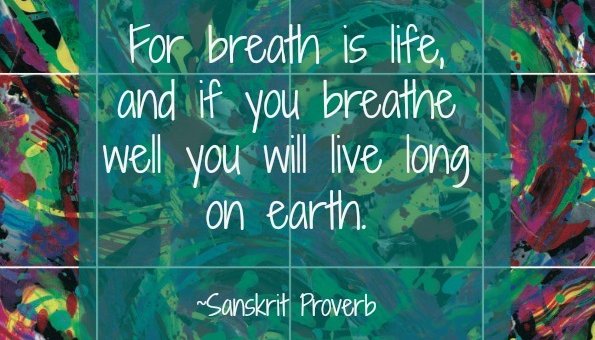
Use Your Senses
One of the keys to successfully achieving your fitness goals through resistance training (weight lifting) is to have proper form and tempo. I find that many of my clients have very limited body awareness when it comes to either isolating a muscle/muscle groups, or knowing where their body’s limitations truly are.

To help someone achieve better body awareness, and thereby better body toning and fat loss (through resistance training), I often coach my clients to exercise using senses other than visual (eyes/sight) or kinetic (touch). The way to do this is simple, you close your eyes, and breathe!

Okay, it might not be quite that simple, but allow me to clarify. As you perform any exercise – let’s say standing dumbbell biceps curls – you make sure both feet are evenly spaced and that you are balanced in your disbursement of weight to both feet (i.e., not having one foot placed in front of the other, or leaning slightly to bear more weight on one foot).

Then you close your eyes, and slowly curl the dumbbells up (by bending the elbow) and then slowly back down to starting position – al the while breathing in with the up, and out with the down. Repeat this for the requisite amount of reps (i.e., 10-15 repetitions). As you conduct the exercise in this manner, it is essential that you pay attention to how your body feels, what muscles are contracting, what muscles (if any) are straining, how your spine feels, and when your muscles feel fatigue.

By keeping your breath to a slow and even pace, there should be less tension within your core and your focus can easily stay on the muscles that are supposed to be utilized in the exercise. Also, by keeping a slow and steady pace, while having your eyes closed so you have to FEEL instead of SEE your form, you’re more likely to have better form which will result in quicker results and less risk of injury.

I recommend trying this approach with at least one standing exercise, one seated exercise, and one supine exercise (lying on your back) all of which conducted with dumbbells (vs. machines). This way you can fully benefit from better body awareness and control as you move the weights without assistance and without visually watching your form.


So next time you’re at the gym or at home with your dumbbells, give this a try and note any new understandings you experience about your body and how to use your muscles. Your fitness goals will thank you!
Are You Breathing?
Breathing, something we do automatically thousands of times each day. Even if we try to hold our breath, our brain takes over after just a few seconds and forces us to breathe. It’s so automatic that we take it for granted, But breathing is not just our body’s built-in function for staying alive, it’s also a tool that you can manipulate for the benefit of your body and brain.

Yoga and meditation fans already understand that breathing is imperative to a successful stretching of muscles or relaxing of the mind, but there’s even more to it than that. Breath control can beneficially regulate your blood pressure, heart rate, metabolism, and your body’s negative reaction to emotional stress. Specific breathing technics can also help control the brain’s release (or cessation) of chemicals and hormones that affect your organs and central nervous system. How’s that for something we ignore all day long?
Here’s the key, you must become more aware of your breathing. The easiest way to do this is by studying your breathing habits and keeping a mental or written diary. Over the course of the next few days, take note of your breathing many times throughout the day and especially during specific situations – like when exercising, arguing, driving in traffic, working, dealing with your children, watching TV, and even when eating. Pay attention to the speed you breath, the depth or shallowness of your breaths, and whether it’s from your nose or mouth.

A lot can be learned from these days of study about how you handle stress and how your body is being affected by what you’re focusing on (or more likely fretting over). Set an hourly alarm on your watch or smart phone if you need help remembering to pay attention to your breathing.
Once you see where/when the most detrimental affects are occurring (i.e., rise in blood pressure or heart rate, stress headaches, tension throughout the body, etc.) the next time you find yourself in that situation(s) try this:
Stop what you’re doing
Close your eyes
Take 10 very slow, deep breaths.

The best technique for this is to breathe in through the nose to a count of 7, hold for 3, and then exhale through the mouth to a count of 10. It might take a little training to become comfortable with this count-and-breathe method, but it’s so worth it. If you want blatant proof of the positive affects of this, place your right fingers upon your left wrist (finding the pulse point) and feel it slow down as you breathe).

I cannot stress enough how important breathing is – and for reasons you might have never realized. Go ahead, take a moment and see for yourself. Breathe in, breathe out, repeat.